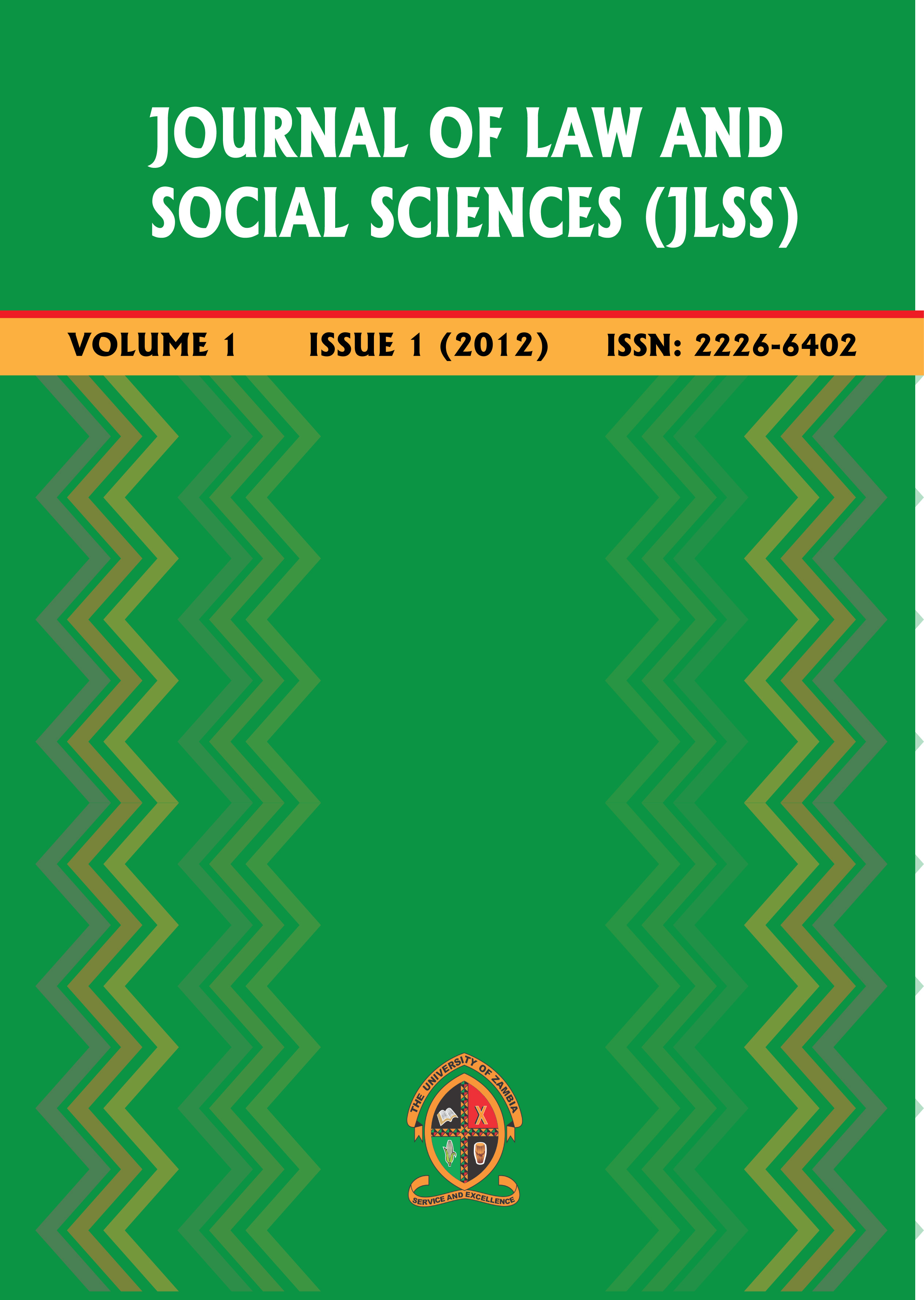Relevance of Education for Sustainable Development to Zambian High School Geography: A Survey of High Schools in Lusaka City
Abstract
Geography is one of the subjects offered in all high schools in Zambia. At the time this study was conducted in the year 2010, five years after the declaration of the Decade of Education for Sustainable Development (ESD) (2005-2014), ESD had not yet been incorporated at high school level. The study hence sought to determine the aspects of Geography that were compatible with ESD to ascertain the attitude of high school pupils towards Geography and determine ways in which the Geography syllabus could be improved vis-à-vis the need for pupils to be empowered to thrive in their local environments. A descriptive survey research design was used and information was gathered through group discussions (for the pupils) and questionnaires (for the pupils and Geography Heads of Section). The study found that ESD could make a contribution to Geography in the areas of field projects, personal hygiene and health, sexual education, intergenerational transmission of knowledge, use of indigenous knowledge and localisation of the Geography syllabus. The study found that though pupils were interested in Geography as reflected by their general good performance in examinations, nonetheless negative attitudes existed towards Geography because of its detachment from pupils’ personal environments, excessive use of teacher-centred methods and the bulky nature of the Geography syllabus.References
1. Bailey, P. and Fox, P. (1999), Geography Teachers’ Handbook, Colocraft Limited. London: England.
2. Chipungu, S.N. (1992), Guardians in Their Time - Experiences of Zambians Under Colonial Rule, 1890-1964. London: Macmillan.
3. Oxford Advanced Learners Dictionary (2006). London: Oxford Press.
4. Sandell, K., Ohman, J. and Ostman, L. (2003), Education for Sustainable and Development: Nature, School and Democracy. Student Literature, Lund, Sweden.
5. Stir, J. (2003), Restructuring Teacher Education for Sustainability: Student Involvement through a ‘Strengths Model’, Griffith University, Queensland, Australia. http://campus-sostenble.mty.itesm.mx/EMSUIII/PDF_articulos_completos/a01_104_j_stir_full.pdf [retrieved 1 October 2010].
6. Tilbury, D. and Wortman, D. (2004), Engaging People in Sustainability. Netherlands: Kluwer Academic Publishers.
7. UNESCO (2009), Education for Sustainable Development Goals. Available at http://portal.unesco.org/education/es/ev/php [accessed 5 February 2010]; www.esd-world-conference-2009.org [accessed 26 January 2010].
2. Chipungu, S.N. (1992), Guardians in Their Time - Experiences of Zambians Under Colonial Rule, 1890-1964. London: Macmillan.
3. Oxford Advanced Learners Dictionary (2006). London: Oxford Press.
4. Sandell, K., Ohman, J. and Ostman, L. (2003), Education for Sustainable and Development: Nature, School and Democracy. Student Literature, Lund, Sweden.
5. Stir, J. (2003), Restructuring Teacher Education for Sustainability: Student Involvement through a ‘Strengths Model’, Griffith University, Queensland, Australia. http://campus-sostenble.mty.itesm.mx/EMSUIII/PDF_articulos_completos/a01_104_j_stir_full.pdf [retrieved 1 October 2010].
6. Tilbury, D. and Wortman, D. (2004), Engaging People in Sustainability. Netherlands: Kluwer Academic Publishers.
7. UNESCO (2009), Education for Sustainable Development Goals. Available at http://portal.unesco.org/education/es/ev/php [accessed 5 February 2010]; www.esd-world-conference-2009.org [accessed 26 January 2010].
Published
2012-03-31
How to Cite
Phiri, T. (2012) “Relevance of Education for Sustainable Development to Zambian High School Geography: A Survey of High Schools in Lusaka City”, Journal of Law and Social Sciences, 1(1), pp. 67-85. doi: https://doi.org/10.53974/unza.jlss.1.1.369.
Section
Social Sciences
